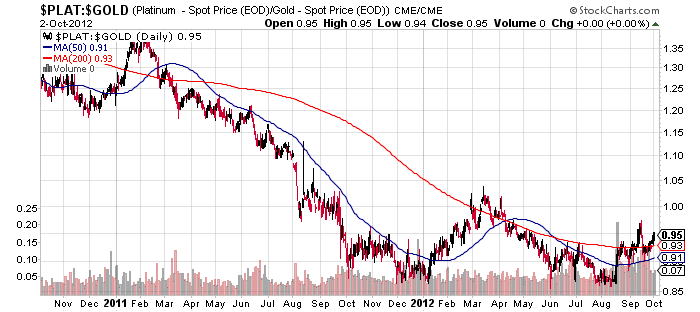Hedge funds have been getting some unflattering media coverage. Of late, many headlines have focused on Liquid Alternatives, or hedge fund strategies that don’t have onerous restrictions on redemptions. There have also been stories reported about the generous compensation packages at big hedge fund groups, as well as a $147 million home purchased in the Hamptons by a hedge fund manager. Aside from the annual lists of the top 100 largest hedge funds, there are the obligatory articles about how hedge fund performance has been disappointing.
Why are people disappointed?
Maybe investors aren’t, after all, there are reports that the hedge fund industry has surpassed $2.5 trillion dollars and the liquid alternative funds are gaining momentum with retail investors too. The disconnect, I imagine, stems from a misconception that these strategies must somehow be failing since they are not beating the S&P 500 Index (SPX) the last several months. These strategies must be broken.
Over my career, I have had maybe a thousand meetings with different hedge fund managers. In all of those meetings, probably 95% of the managers described their strategy as focusing on risk adjusted returns, avoiding large drawdowns, and focused on downside risk management. Most would offer up that their strategy would likely underperform in bull markets.
I can remember meeting with a hedge fund manager several years back, who showed me an interesting scenario. He shared two sets of hypothetical portfolio returns across three years. In the first three years, Portfolio A gained 10%, lost 10% in the second and gained 10% in the third. Portfolio B tracked the direction of A, managing to gain just 70% of what Portfolio A gained in up markets, but only lost 40% of what Portfolio A lost in down markets.
I started to hear this similar story more and more. Over the years, I have studied many long- short hedge fund strategies. Across most of them, I was seeing that most managers said they would be happy taking 70-80% of the up markets return if they could limit losses to 30-40% of the markets drawdown. Over time, with the power of compounding, this strategy does work.
A look at some real figures can show how a risk managed strategy can perform over time. While it’s not perfect (ie. there are periods when the market is up and a hedge fund is down and periods when the markets are down and the hedge fund is down more), over time, these ‘hedged’ strategies have helped many investors mitigate losses.
Using the Barclay Hedge Fund Index, one of many, well known and recognized indices that track overall performance from hedge fund portfolios. This index of hedge funds has outperformed the S&P 500 Index since 1997 (the period when this index started calculating.)
What is very interesting, had an investor made two identical $1,000 investments on January 1, 1997 in each the S&P 500 and the Barclays Hedge Fund Index, those investments would have grown to $3,381 and $4,724, respectively, by December 2013. The hedge fund investment clearly outperformed the S&P500 investment over that period.
Had a different investor been able to invest in such a way as to capture just 65% of each S&P 500 monthly gain, and limit losses in the S&P 500 to 42% of any monthly loss, a similar $1,000 investment would have compounded out to $4,761 over the same period!
This quick look seems to justify the return expectations of hedge funds. And recall, as with any index, it’s an average of many components. Overall, manager returns may have averaged X%, but there are some managers that were X plus and managers that were X minus. For me, I wouldn’t focus on what these strategies have done over the past 12-24 months. Rather, I would be focusing on the other ‘question’ that seems to be coming from recent news articles. Instead of reporting on the performance lag, try and answer why so much money is flowing into this type of strategy?
DISCLAIMER: The investments discussed are held in client accounts as of May 31, 2013. These investments may or may not be currently held in client accounts. The reader should not assume that any investments identified were or will be profitable or that any investment recommendations or investment decisions we make in the future will be profitable. Past performance is no guarantee of future results.


